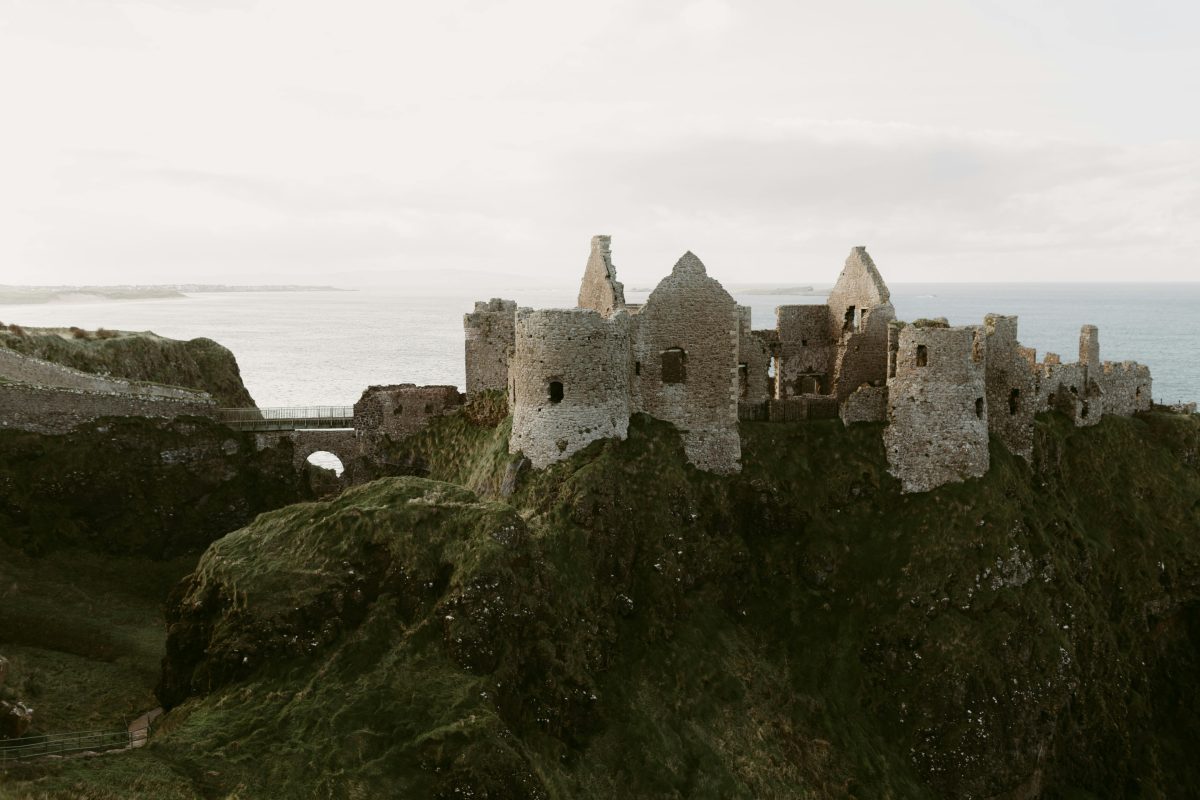Uncategorized
The Lost Voices of the Magdalene Laundries
Behind the Closed Doors of the Magdalene Laundries: The Women Who Were Never Heard
Estimated reading time: 7 minutes
Key Takeaways
- The Magdalene Laundries operated from 1922 to 1996, housing women labeled as “fallen.”
- Historian Catherine Corless uncovered the graves of over 900 women at a former laundry site in Tuam.
- The impact of the laundries is still felt today, prompting discussions on justice and healing.
Table of Contents
Introduction
The Heart of the Story
The Wider Echo
The Now & The Next
Did You Know?
FAQs
Final Word
Introduction
Whispers seep through the cracks of time, echoing the lives silenced within the high walls of the Magdalene Laundries. Women—their identities erased, their names forgotten—scrubbed white linen and carried burdens heavier than the stones beneath their feet. This is not just a tale of hardship; it is a requiem for the spirits who danced through the night only to find themselves trapped in a waking nightmare. For too long, these women’s stories lay entombed like the laundry they once washed—damp, heavy, and laden with sorrow.
The Heart of the Story
From 1922 to 1996, the Magdalene Laundries operated across the depths of Ireland, providing a home—and a hard labor sentence— to women deemed “fallen.” Accounts swirl around the likes of Catherine Corless, a historian from County Galway, who unearthed the clandestine graves of over 900 women at the site of the former laundry in Tuam. Her relentless pursuit for truth brought the plight of these forgotten women back into the light of public conscience, a testament to the spirit of those who refuse to be silenced any longer. Victor Hugo once wrote, “There is nothing more powerful than an idea whose time has come,” and here in Galway, that idea rose like the phoenix, awakening a society long deaf to the cries of the oppressed.
The Wider Echo
As Ireland’s facade crumbled under the weight of scandal, the Magdalene Laundries became a symbol of institutional betrayal, where Ireland’s most vulnerable paid the price for societal norms. They were castouts—young mothers, victims of abuse, the mentally ill—shuttled off to a fate sealed behind heavy doors. In the aftermath of the laundries’ closure, the Irish State issued formal apologies and financial reparations, acknowledging the wrongs inflicted. But can any amount of money truly heal the wounds? When discussing these tales, remember that they are not just pieces of history; they are living shadows of a generation, echoing still in the cries for justice. The very spirit of the women who labored there challenges us to confront our past and look toward a future that acknowledges and corrects these injustices.
The Now & The Next
Today, we stand on the shoulders of those who fought for their voices and for the voices of others. The Magdalene Laundries remain etched in the pages of our collective history, shaping our fight against systemic injustices. Initiatives have emerged to protect the rights of women and children, echoing the conversations sparked by the harrowing stories of those who washed linens and scrubbed floors in silence. Activists march through the streets of Dublin, holding candles that flicker in memory of the lives lost—both physically and spiritually. As the world shifts and evolves, may we carry their legacy, forging a path to a more compassionate Ireland. As we face the contemporary housing crisis, conversations about mental health, and the ongoing plight of many marginalized groups, let’s remember: the spirit of the Magdalene women lives on in every advocacy, every protest, and every story we dare to tell.
Did You Know?
- It’s estimated that roughly 30,000 women passed through the Magdalene Laundries throughout the years of operation, with many never making it back to their families.
- The last of the laundries closed its doors in 1996, making it a part of living memory for many Irish citizens today.
FAQs
What were the Magdalene Laundries?
They were institutions for women who were viewed as “fallen,” forced into hard labor under the guise of rehabilitation, often for minor social transgressions. You can read more about women’s stories from Galway, where many of these historical events are documented.
How did the Magdalene Laundries impact Irish society?
Their impact was profound, revealing the dark past of societal judgment and institutional neglect. The struggles of these women are now remembered as Ireland confronts its history of oppression and seeks justice for past wrongs.
Final Word
As we move forward, let us not forget the spirits of the Magdalene Laundries who remain trapped in a silence that is too often perpetuated by indifference. Their stories are woven into the very fabric of our identity—a tapestry of resilience, sorrow, and the unyielding spirit of Irish women. Let us hold this memory close, wear it like a badge of honor, and strive for a more just tomorrow. If you carry the same pride we do, you’ll find a piece of home waiting at
HubIrish.com.

